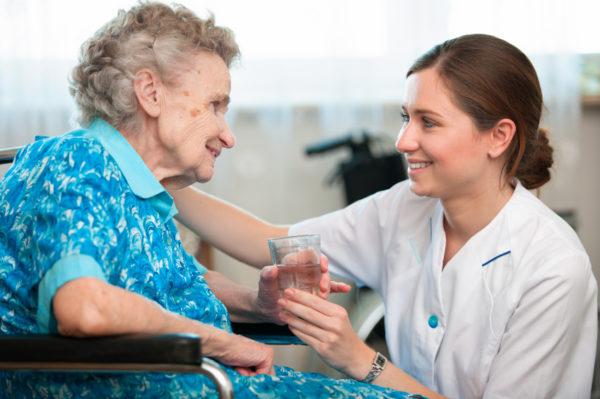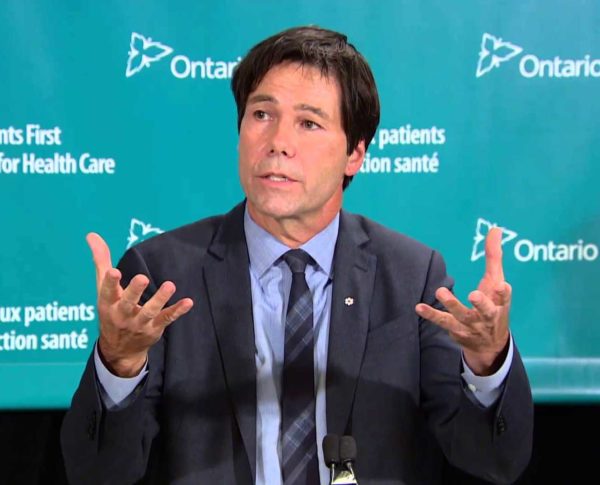
Photo Credit : Huffington Post
Two recent celebrity suicides sparked off a lot of discussions about mental health issues. Both Kate Spade and Anthony Bourdain were unlikely victims of suicides because they appeared happy, perky and financially sound. Yet, both of them had suffered from depression and addiction for a long time and they both chose to hang themselves to end their “misery”.
Their deaths coincided with a new report released last week by the U.S. Centers for Disease Control and Prevention. Suicide rates rose in all but one state between 1999 and 2016, with increases seen across age, gender, race and ethnicity. In more than half of all deaths in 27 states, the people had no known mental health condition when they ended their lives.
Increasingly, suicide is being viewed not only as a mental health problem, but a public health one. Nearly 45,000 suicides occurred in the U.S. in 2016 – more than twice the number of homicides – making it the 10th leading cause of death. Among people aged 15 to 34, suicide is the second leading cause of death.
In Canada, the situation is equally stark. According to The Globe and Mail, about 3,000 people worldwide die by suicide every day – including 125 in the United States and 10 in Canada. Statistics Canada figures indicated that in 2009, there were 3,890 suicides in Canada, a rate of 11.5 per 100,000 people. The suicidal rate for males was three times higher than the rate for females (17.9 versus 5.3 per 100,000). Although suicide deaths affect almost all age groups, those aged 40 to 59 had the highest rates. Married people had a lower suicide rate than those who were single, divorced or widowed.
For seniors, the situation is even worse. Over 10 seniors (60+) die by suicide every week in Canada and approximately 1,000 older adults are admitted to Canadian hospitals each year as a consequence of intentional self-harm. Seniors are, in fact, one of the most at-risk demographic when it comes to suicide. Of that demographic, men over the age of 65+ are the most at risk.
For older adults, in particular, depression is the most common mental health problem due to loss of family and friends, debilitating sicknesses or disease, and a loss of independence and the isolation that can ensue. In an interview with CTV, Dr. Leon Kagan, the director of Geriatric Psychiatry at the University of Alberta, suggests that isolation is a key factor in driving thoughts of suicide among seniors. “These older individuals are having everything taken away from them in terms of their work, their health, their families and finding their role diminished. For some of them, taking their own lives seem to be the only option that they have.”
But suicide rates can be reduced by confronting and talking about depression and offering help to those suffering from prolonged sadness. The Globe and Mail pointed out one of the saddest aspects of the stories about Kate Spade was the revelation that she hesitated to get help for her crushing depression because she worried it would hurt her brand, built on cheerful and brightly-coloured handbags and clothes. Depression is often hidden behind a front of happiness. There is also the stigma of mental illness – victims and family members often feel ashamed of talking openly about their condition. Although this stigma has gradually been fading, the greatest barrier for many is not fear of seeking treatment, but access to treatment.
In Canada, the waits for psychiatric care are disturbingly long. The barriers to accessing psychological services tend to be financial – psychotherapy is not covered by publicly-funded health insurance and private insurance tends to offer limited coverage. The media should tell people that mental illnesses are treatable and instead of glorifying celebrity suicides, they should report on cases in which mentally-depressed patients have recovered by seeking proper treatment. Many people who consider or attempt suicide do get help and they get better.
For older adults, the magnitude of death by suicide is a fact that is under-reported and needs to be discussed more openly so that caregivers and families of older adults can better understand the warning signs of depression and suicide and offer up the help they need.
According to the Canadian Association of Suicide Prevention (CASP), the events that trigger suicide thoughts in seniors are unique and can differ from those that might lead to depression or mental health struggles within a younger demographic. While sadness is the most obvious system of depression, depression can actually exist without sadness.
The CASP website indicated that if an older adult is exuding the following traits, they might be at risk for depression or suicide:
- Fatigue (difficulty falling asleep)
- Loss of interest in hobbies or pleasurable pastimes
- Social withdrawal and isolation
- Loss of self-worth
- Weight loss or loss of appetite
- Fixation on death
- Recent passing of a loved one
- Lingering health problems
The most useful way to offer help to anybody suffering from depression is to to tell them that they are not alone. Let them know that there are people who want to help, and that with the right support, they can find hope again. In addition to having an open conversation about depression and suicide, you can suggest a change in routine by encouraging the people at risk to be involved in activities within their community. Some people need to talk regularly about how they feel in order to shift perspectives, so you can help them out by doing the research on professionals to talk to and, if possible, offer to drive them to and from appointments. When someone knows that others need them to live, it can discourage them from taking their own life. You can organize family time whenever possible and surround the person at risk with love, affection and reassurance that they are not alone.
We also need to tackle the societal problems that can fuel and trigger mental illness and suicidal thoughts – sexual and physical abuse, bullying, trauma, isolation, poverty and more. Anyone can help and little gestures matter. There is hope and we CAN reduce suicide rates if we try harder.










